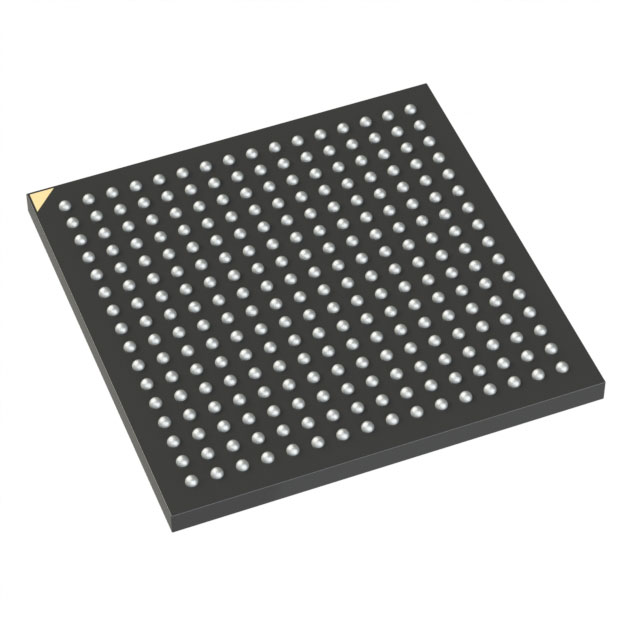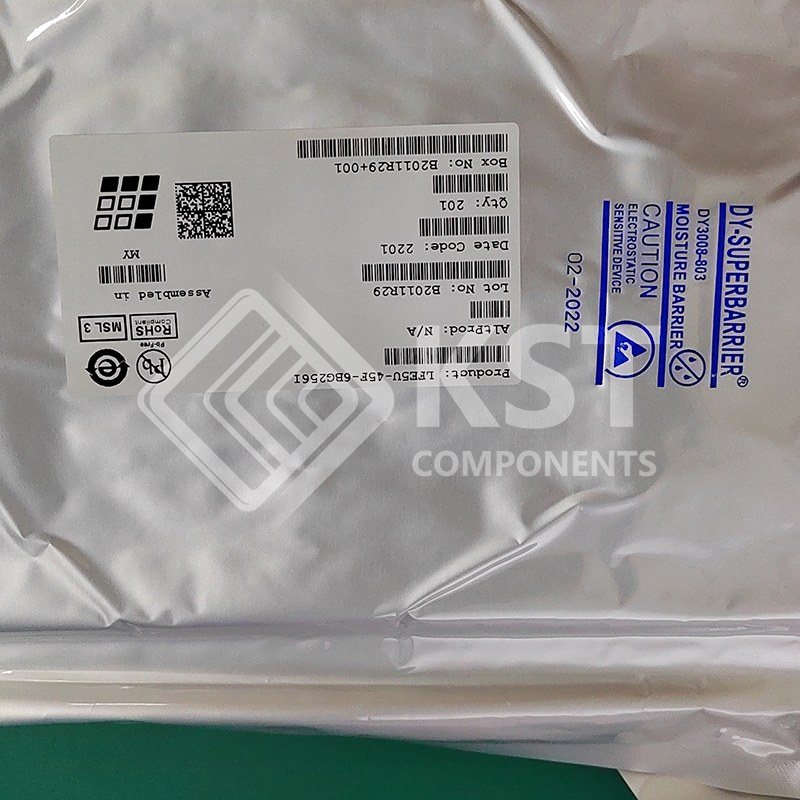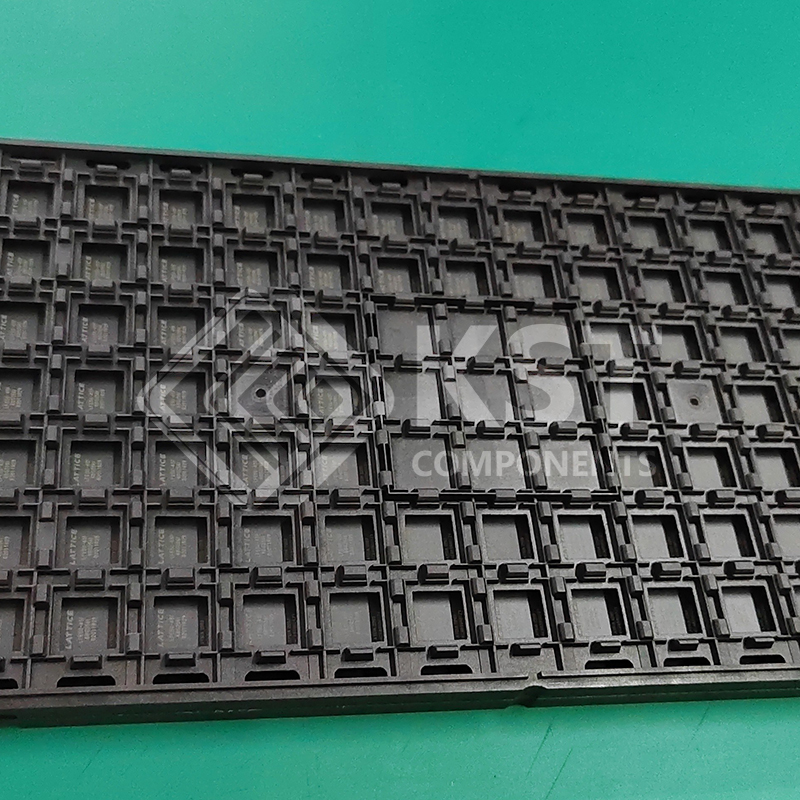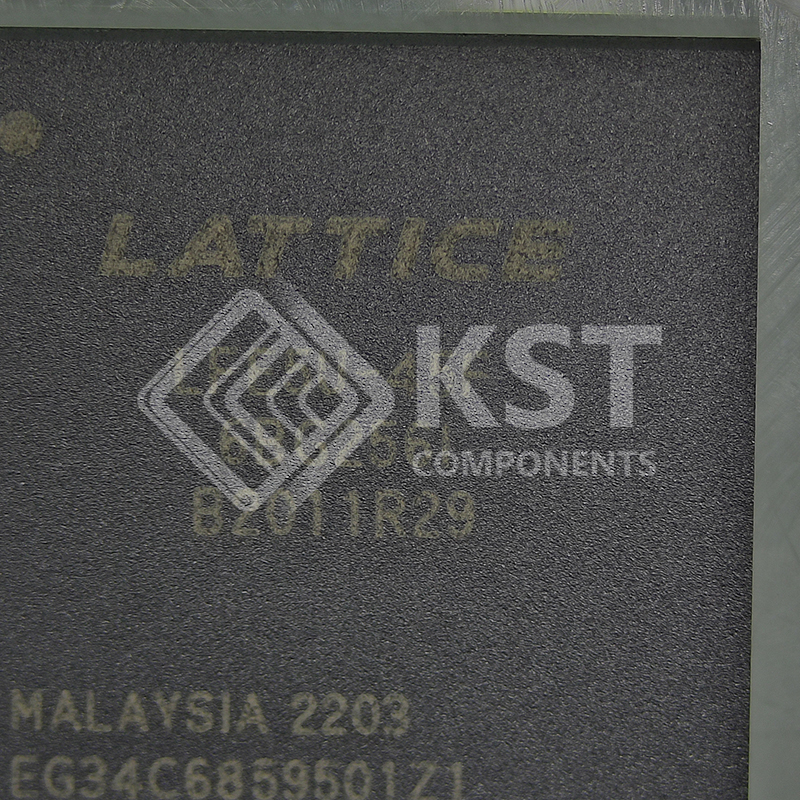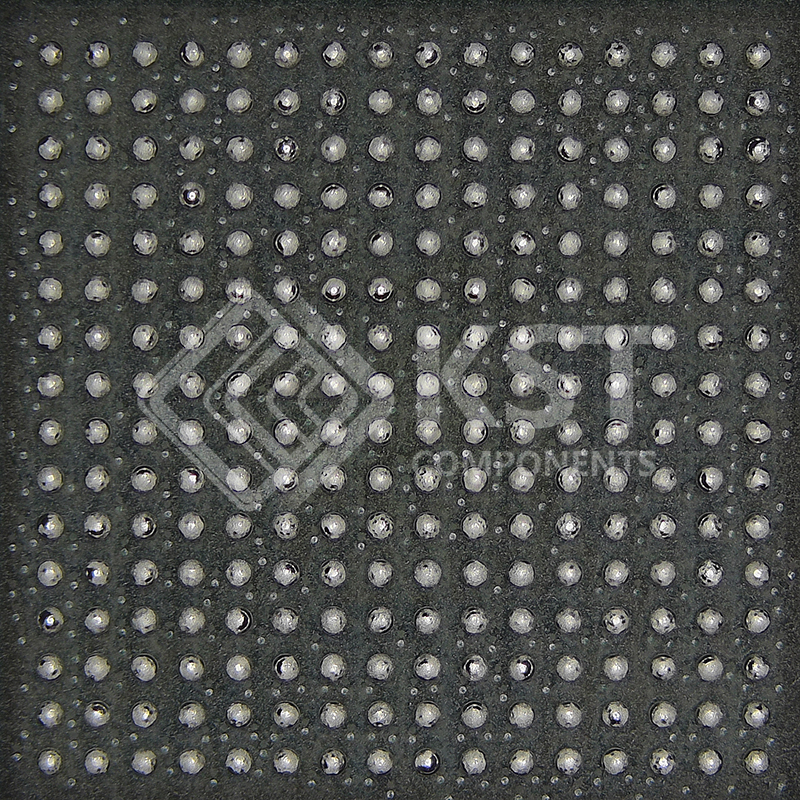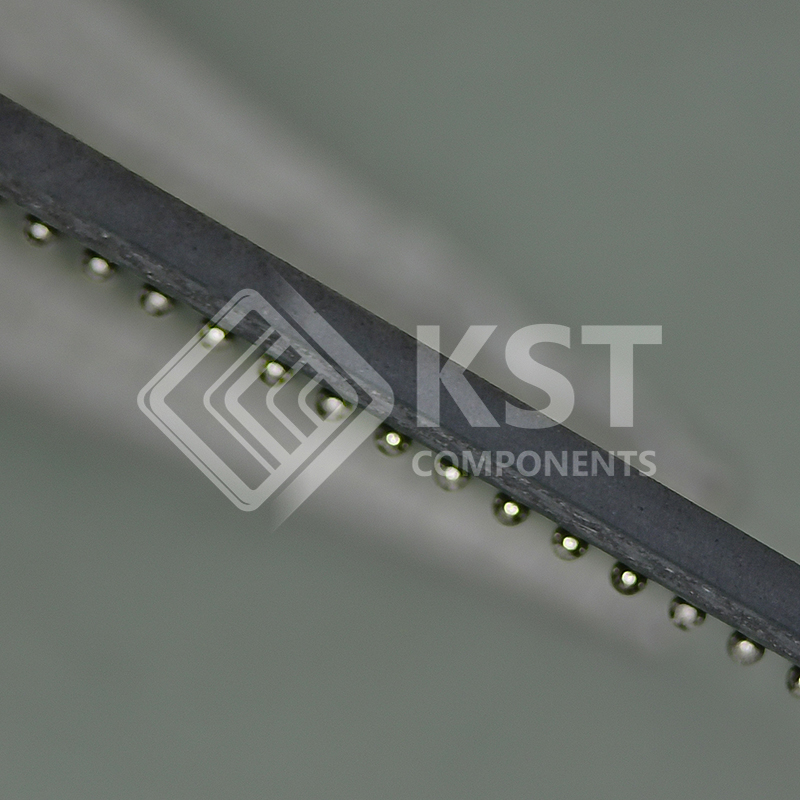Higher Logic Density for Increased System
Integration
12K to 84K LUTs
197 to 365 user programmable I/O
Embedded SERDES
270 Mb/s, up to 3.2 Gb/s, SERDES interface
(ECP5)
270 Mb/s, up to 5.0 Gb/s, SERDES interface
(ECP5-5G)
Supports eDP in RDR (1.62 Gb/s) and HDR
(2.7 Gb/s)
Up to four channels per device: PCI Express,
Ethernet (1GbE, SGMII, XAUI), and CPRI
sysDSP™
Fully cascadable slice architecture
12 to 160 slices for high performance multiply
and accumulate
Powerful 54-bit ALU operations
Time Division Multiplexing MAC Sharing
Rounding and truncation
Each slice supports
Half 36 x 36, two 18 x 18 or four
9 x 9 multipliers
Advanced 18 x 36 MAC and
18 x 18 Multiply-Multiply-Accumulate
(MMAC) operations
Flexible Memory Resources
Up to 3.744 Mb sysMEM™ Embedded Block
RAM (EBR)
194K to 669K bits distributed RAM
sysCLOCK Analog PLLs and DLLs
Four DLLs and four PLLs in LFE5-45 and
LFE5-85; two DLLs and two PLLs in LFE5-25
and LFE5-12
Pre-Engineered Source Synchronous I/O
DDR registers in I/O cells
Dedicated read/write levelling functionality
Dedicated gearing logic
Source synchronous standards support
ADC/DAC, 7:1 LVDS, XGMII
High Speed ADC/DAC devices
Dedicated DDR2/DDR3 and LPDDR2/LPDDR3
memory support with DQS logic, up to
800 Mb/s data-rate
Programmable sysI/O™ Buffer Supports Wide
Range of Interfaces
On-chip termination
LVTTL and LVCMOS 33/25/18/15/12
SSTL 18/15 I, II
HSUL12
LVDS, Bus-LVDS, LVPECL, RSDS, MLVDS
subLVDS and SLVS, SoftIP MIPI D-PHY
receiver/transmitter interfaces
Flexible Device Configuration
Shared bank for configuration I/O
SPI boot flash interface
Dual-boot images supported
Slave SPI
TransFR™ I/O for simple field updates
Single Event Upset (SEU) Mitigation Support
Soft Error Detect – Embedded hard macro
Soft Error Correction – Without stopping user
operation
Soft Error Injection – Emulate SEU event to
debug system error handling
System Level Support
IEEE 1149.1 and IEEE 1532 compliant
Reveal Logic Analyzer
On-chip oscillator for initialization and general
use
V core power supply for ECP5, 1.2 V core
power supply for ECP5UM5G



